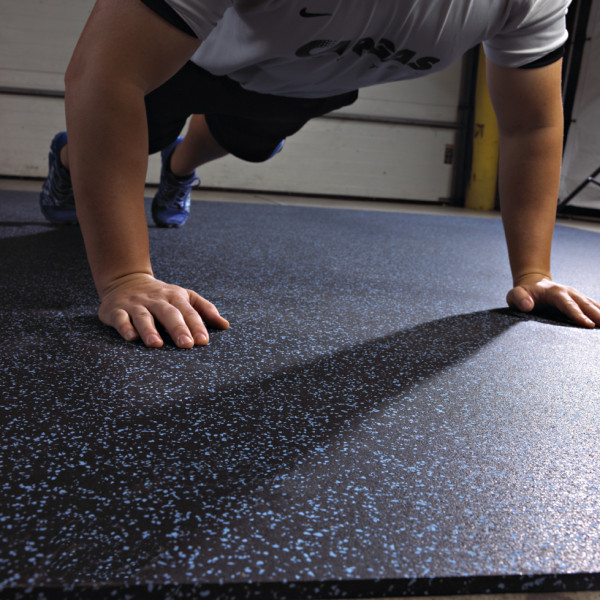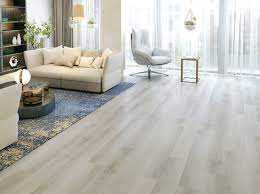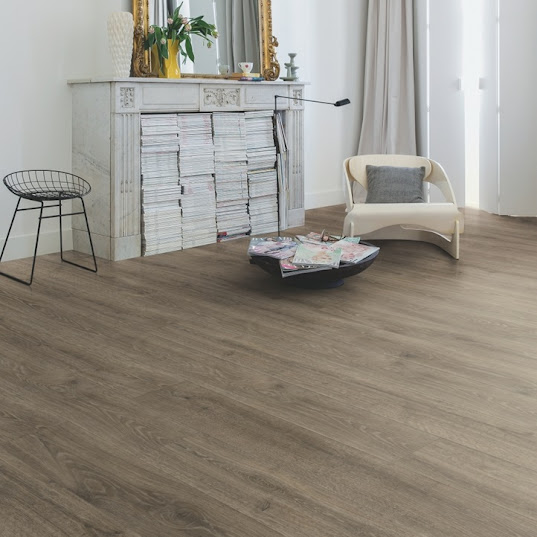How Choosing The Right Gym Flooring That Is Critical For The Longevity And Performance Of Your Exercise Facility?
Choosing the right gym flooring is critical for the longevity and performance of your exercise facility. It will help reduce injuries, cut maintenance and cleaning costs, and improve aesthetics. But it also has to be durable enough to withstand the rigors of regular use.
The best gym floors will have the following characteristics: They must be able to absorb impact and shock, stay in place (no slipping), and be resistant to mold, mildew, and chemicals. They must be easy to clean, and they should stand up to a variety of types of workouts.
Shock Absorbent Materials
Shock-absorbing rubber Gym Flooring, foam, and turf are some of the best choices for high-impact exercises like weightlifting, jumping rope, and yoga. They are also a good choice for softer, lower-impact activities like stretching and sit-ups.
Foam tiles, on the other hand, are cushioned and lightweight, making them perfect for yoga or stretching classes. They are a great option for a home gym since they’re low maintenance and easily portable.
If you’re a DIYer looking for a way to make your garage gym look nice and have an acoustic soundproof floor, consider foam interlocking tiles. They’re made of foam with a protective rubber surface and are available in a range of colors.
They’re not as durable as a diamond or vinyl tile, but they’re still an affordable option that will last for a long time. Plus, they’re very breathable and easy to maintain, making them a popular choice for fitness studio owners.
Water-Repellent Options
Unlike vinyl and ceramic tiles, rubber Gym Flooring Dubai can resist moisture, so they’re a good choice for gyms that have a lot of rainy days. They’re also more hygienic than other types of flooring, which means you can avoid the buildup of bacteria and odors.
Choose a color that will blend with the decor in your space, and that won’t show off dirt and stains. Neutral tones work well for this purpose, as they won’t attract attention when messes are made.
The thickness of the flooring is another important consideration. Thicker mats will absorb more noise, especially during heavy strength training or powerlifting.
In addition, thicker flooring can help keep your gym cleaner by absorbing more spills and sweat.
If you’re unsure about what kind of flooring is best for your needs, consult a professional. They can suggest the most appropriate materials for your space and give recommendations on installation and cleaning techniques.
Puzzle Tiles and Roll
One of the most common and affordable types of gym flooring, puzzle tiles come in different shapes and sizes. They’re easy to install and can be connected together to create a larger area. They’re also available in many colors and can be cut into custom designs if desired.
Conclusion:
They’re a cost-effective solution for gyms of all sizes and can be used as an alternative to carpeting in your home gym. They’re also a great choice for creating more privacy for people who want to use the space as an office or bedroom.




Comments
Post a Comment